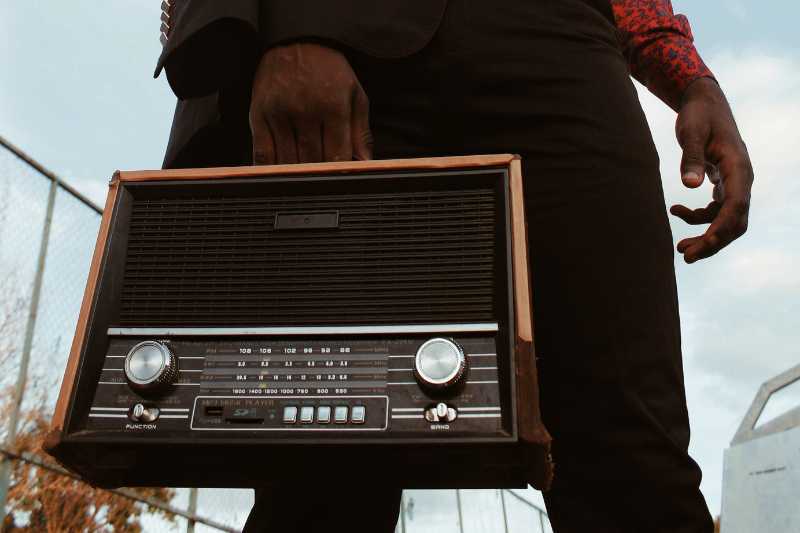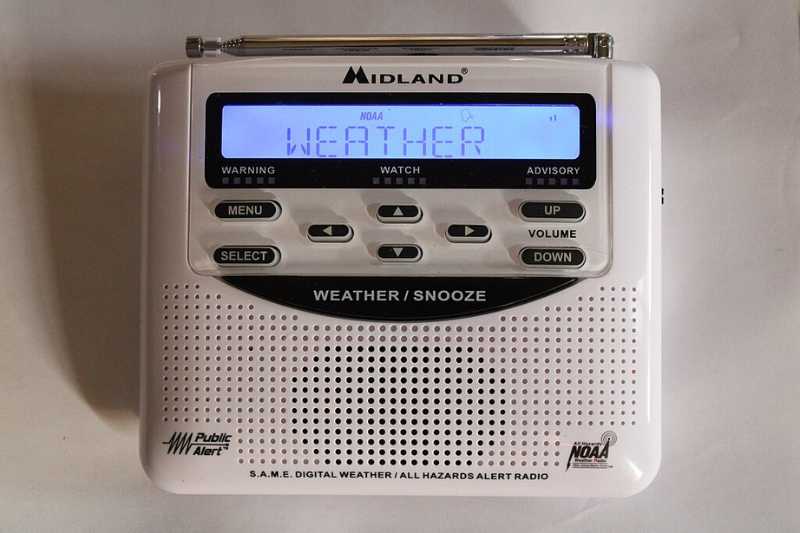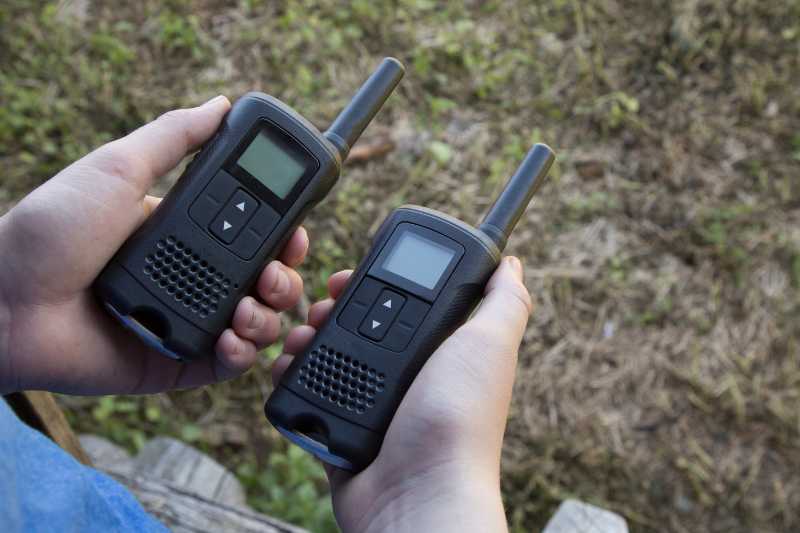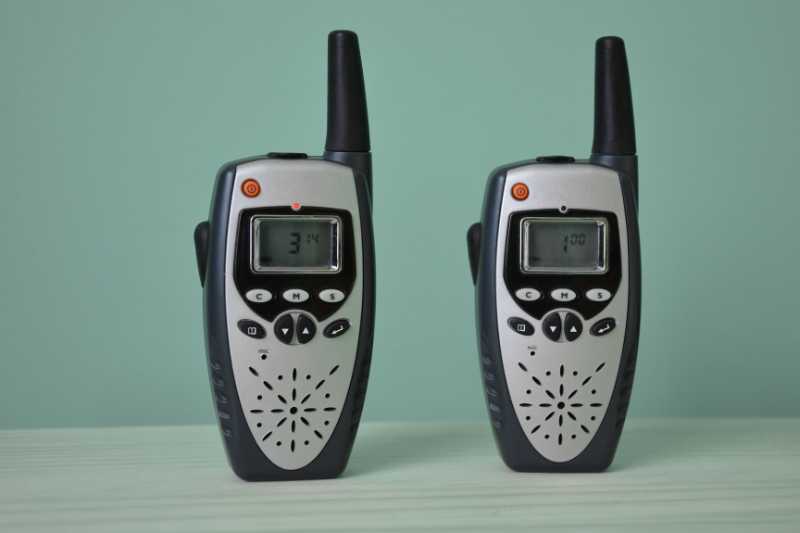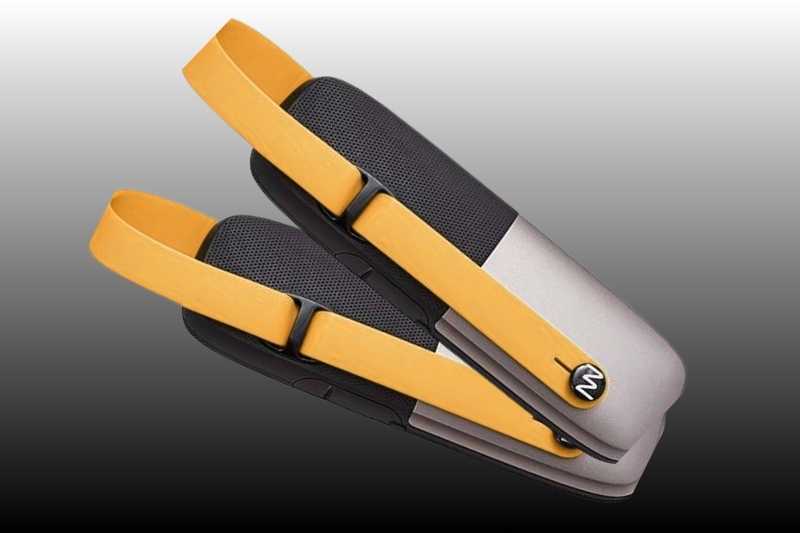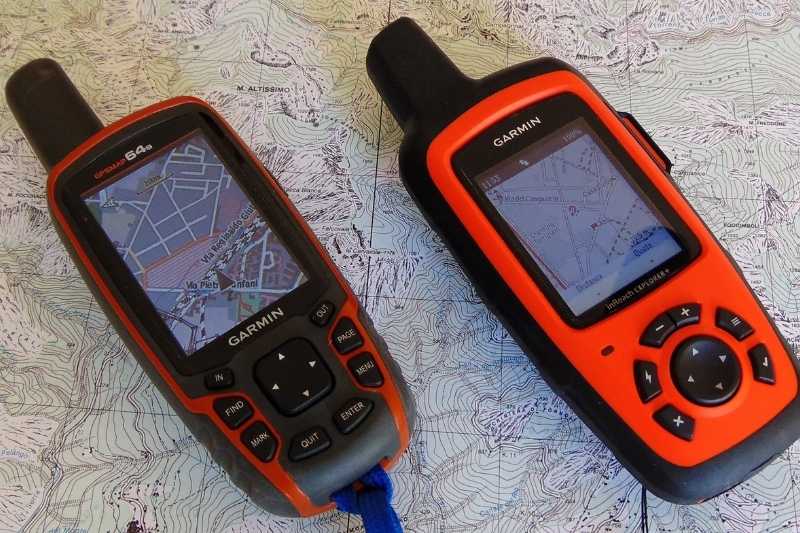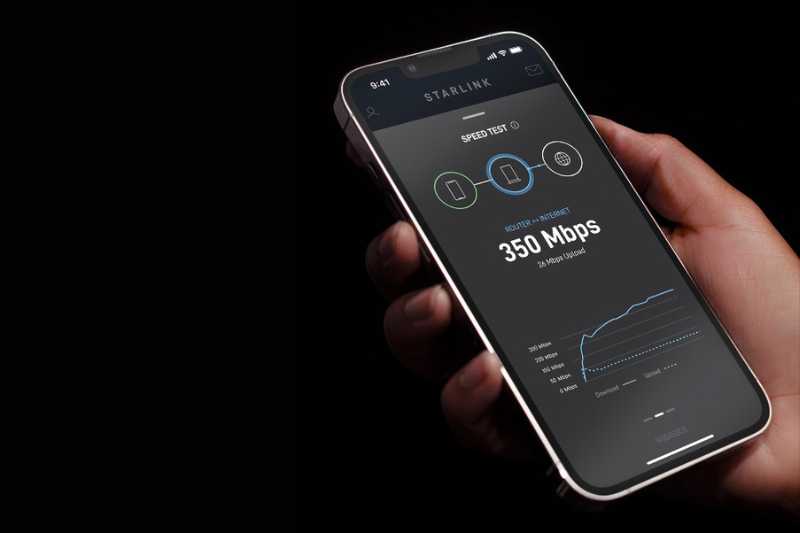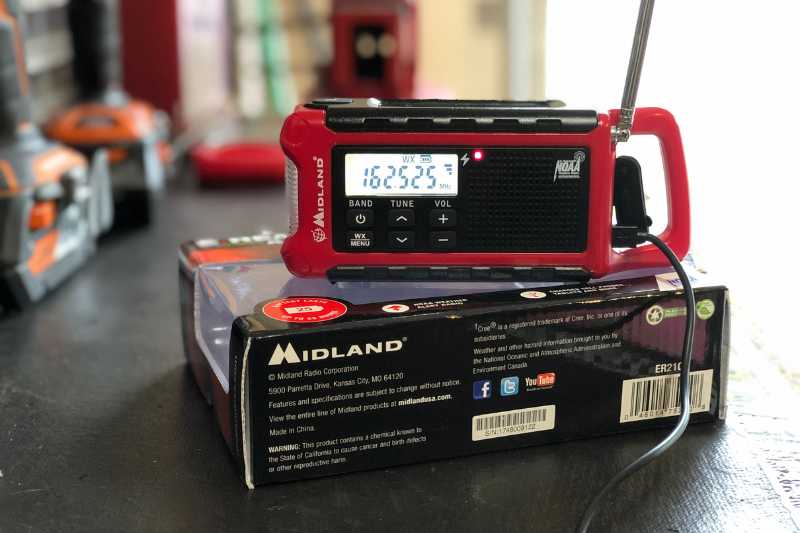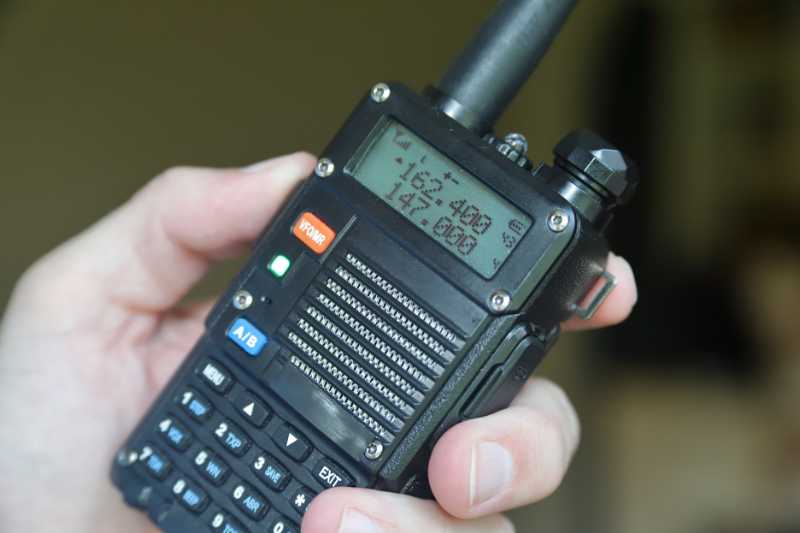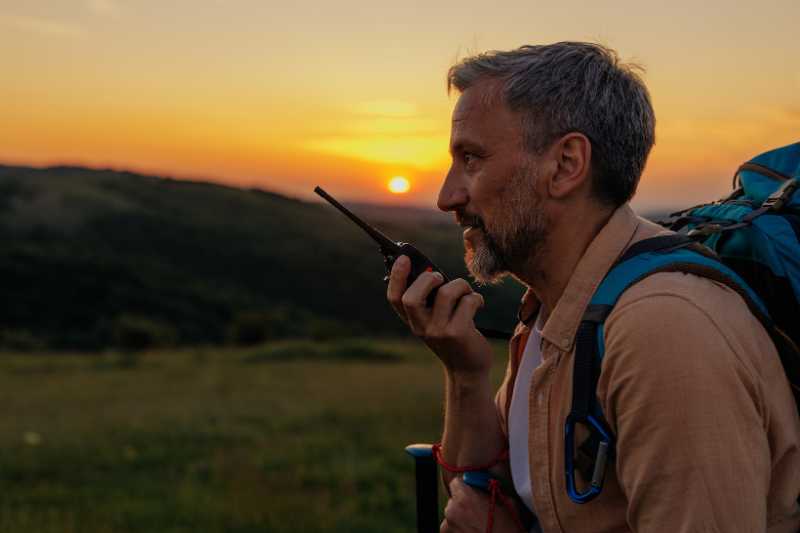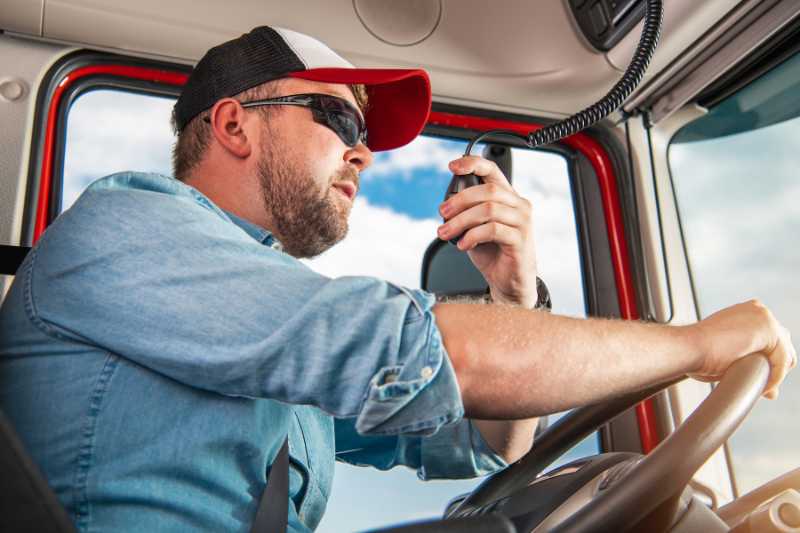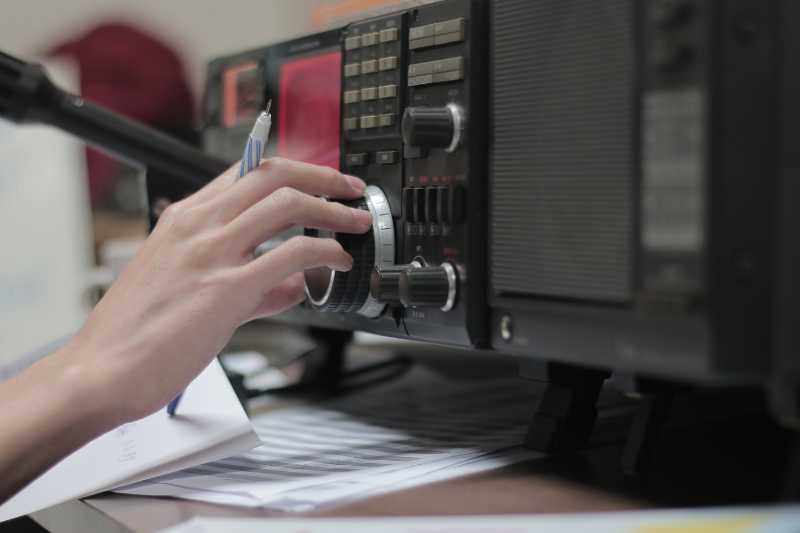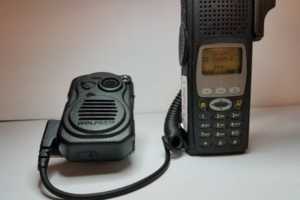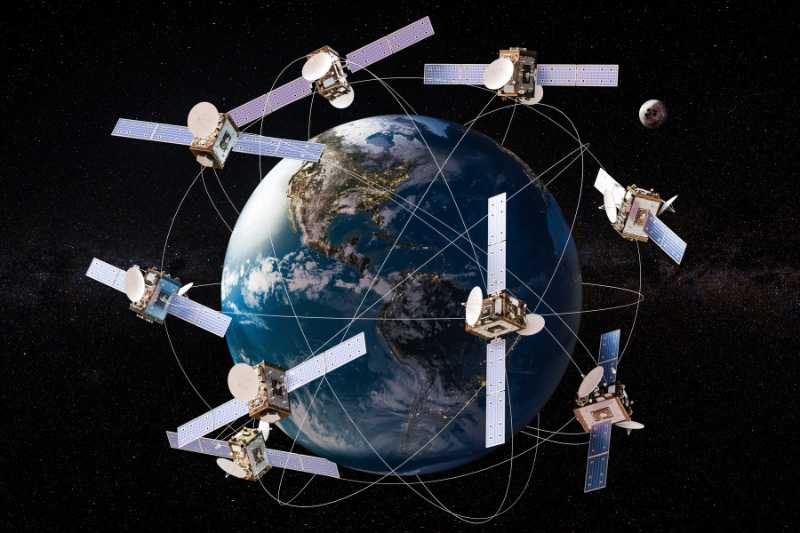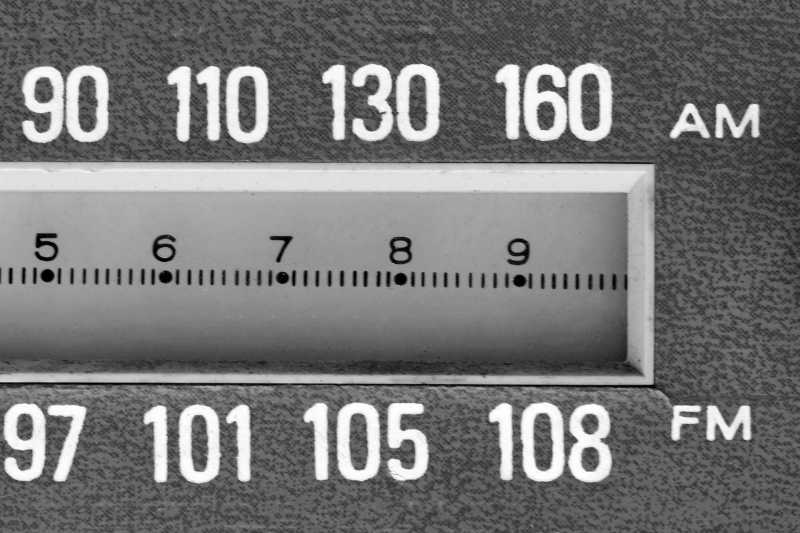
About 80 AM radio stations across the U.S are part of the Primary Entry Point (PEP) system, the backbone of the U.S. Emergency Alert System, and are built to stay on-air during disasters. PEP stations have a direct link to FEMA and the National Weather Service (NWS) to receive emergency alerts. When a PEP station broadcasts an alert, other radio and TV stations pick it up and relay it in a "daisy chain" fashion, providing redundancy in case some stations go offline.
Global Reach of Shortwave Radio
Shortwave (SW) signals are known for their ability to travel very long distances, even thousands of miles, by bouncing off the Earth's ionosphere. Shortwave bands let you tune into international broadcasts and emergency networks, which can be especially helpful during widespread or global crises.
Other Benefits
- Low power use: Most AM/FM/SW radios run on batteries, solar power, or even a hand crank - perfect for blackouts or off-grid use.
- Portability & affordability: These radios are compact, budget-friendly, and easy to include in go-bags, cars, or emergency bins.
- No setup required: No license, programming, or network setup is needed. Just turn it on and tune in.
- Morale boost: Access to music, talk shows, or familiar voices can reduce stress and isolation during prolonged emergencies.
AM/FM/SW Accessories
Required to Function
- Power source - AA/AAA batteries, internal Li‑ion with USB charging, or crank/solar (model dependent).
Recommended / Improves Performance
- External antenna (AM/FM/SW) - long‑wire or telescopic add‑ons for improved reception indoors or in canyons.
- Earphones - private listening and lower power draw; keeps volume low during quiet hours.
- Protective case - shock/water resistance for field use.
- Mounts/straps - to secure in a fixed listening position.

